
views
X
Research source
But puppies at play also teach each other not to bite too hard, known as “bite inhibition.” With the right instruction, ideally begun at a young age, along with socialization and other training efforts, it is possible to teach dogs -- even older ones -- not to bite. Please note that beating a dog is not part of this teaching process.
Training from an Early Age

Keep a puppy with its mother and siblings for ten weeks. Let your dog’s original family shoulder some of the teaching load before your family takes over the job. For dogs, as with other animals including humans, an important function of play is instruction. Puppies use yelps of pain and refusal to keep playing to instruct each other about the differences between playful mouthing and painful biting. Mothers likewise play an important instructive role in the formative weeks of a puppy’s life, one that is hard to replicate or replace.
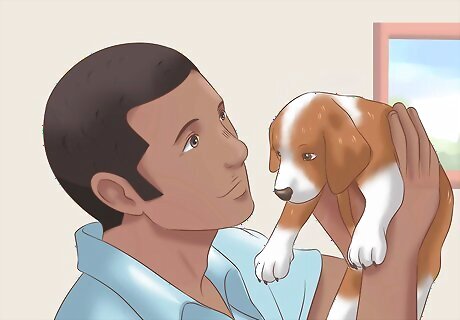
Socialize your dog from an early age. Nervous and/or frightened dogs are more likely to act unpredictably and against normal behavior, including biting. Expose your young dog to other animals and people in a wide range of environments so that normal social situations are less likely to cause fear.

Teach impulse control. It might not seem as direct as trying to teach your puppy “don’t bite,” but teaching common commands like “sit,” “stay,” “come,” and “leave it” are often quite effective in bite prevention. You may think you are just teaching your puppy to obey, but you are also teaching him patience. Dogs with poor impulse control are more likely to bite when their wants are not immediately met. Teaching your dog to “leave it” -- to avoid taking a treat in front of his nose until told “take it,” for instance -- can be particularly helpful in preventing biting.

Teach your dog to be gentle with human skin. Dogs don’t innately know how sensitive human skin is to sharp canine teeth. Let your dog know this in the same way as a litter of puppies. The earlier you start this process, the better. Play with your puppy and allow her to mouth your hand. As soon as you feel a tooth point touch your skin, however, give out a demonstrative “yelp” and let your hand go limp, indicating that this action hurt you and you will no longer play if it continues. As soon as the dog stops mouthing or licks your limp hand, praise her and start the process again. If you sense your puppy is about to bite you again, quickly say "no" or "no bite." If he doesn't bite you, reward him with praise and a treat. This is a great way to use positive reinforcement to teach your puppy that biting is bad. If making your hand uninteresting for play is proving insufficient, employ time-outs. Leave the room for 10-20 seconds after yelping to make it clear that biting is not a part of play time. Extend the time-out and reduce your threshold for what constitutes a bite as your dog learns.

Teach your dog that teeth don’t belong on human skin. As your dog learns to be more gentle with play biting, raise the standard further so that any mouthing of your skin is met with disapproval. Utilize the same techniques as in the previous step, but also: Substitute a chew toy or bone when your dog begins to mouth your skin. Have the toy at the ready and quickly present it to the dog. He will learn that these are acceptable targets for his mouthing instincts. Distract the dog with a treat in one hand while petting him with the other. This is particularly useful for dogs who tend to mouth or bite when petted. The lack of focus on the petting hand will become normal over time, even if there is not a treat to distract them. Enjoy non-contact play, such as fetch. Show your dog that there are many ways to play that do not involve her mouth on your skin.

Spay or neuter your dog if you don’t intend to breed. This simple procedure can not only prevent you from finding yourself with an undesired litter of puppies, but it can also reduce the roaming and fighting tendencies that can cause some dogs to bite.
Teaching Old Dogs New Tricks

Employ the puppy training methods outlined in Method 1, Steps 2-6. As the old saying indicates, it will be more difficult to change the habits and behaviors of an older dog. Let patience and persistence be your allies.
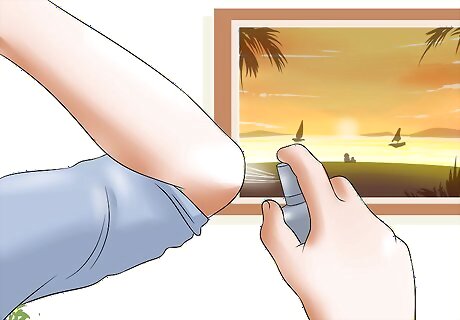
Use a taste deterrent. There are commercial sprays available that will make your skin or clothes smell and taste unpleasant to your dog. If your dog tends to bite your forearm, for instance, spray your shirt sleeve in that area while playing. You can also search for homemade versions of this deterrent.
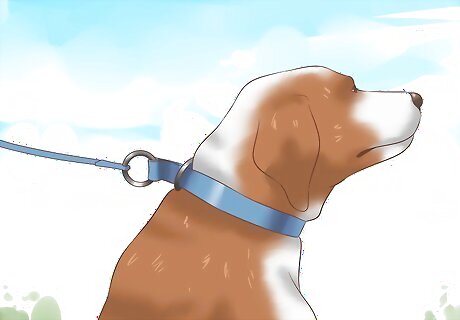
Punish judiciously. Beating your dog is never the best way to handle any situation, and in the case of biting only tends to instill fear, aggression, and an invitation for rougher play, all of which promote more biting. Use the following negative association methods in combination with the “yelp and stop” methods. Spray your dog in the mouth with a peppermint breath spray (like Binaca) when she bites. She will like neither the taste nor the sensation of the spray.

Seek professional assistance. All dogs are different, and training a puppy or older dog can be a frustrating and seemingly fruitless task. There is no shame in seeking out help from trained and experienced professionals. The ASPCA recommends that you seek out a Certified Applied Animal Behaviorist (CAAB or ACAAB), a Veterinary Behaviorist (Dip ACVB), or a Certified Professional Dog Trainer (CPDT) with demonstrated experience in dealing with dogs who bite. Train your dog in your home as opposed to sending him away to a training school if possible. Training is most effective when done in the familiar environment in which the trained behavior will be most commonly expected.
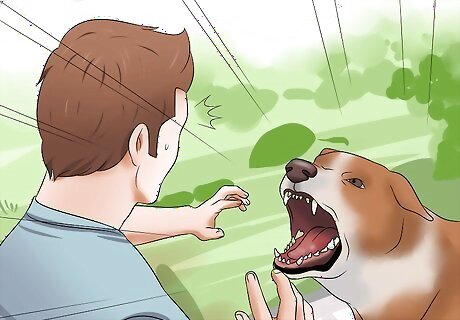
Prepare just in case. Even the best-trained dog who has never shown a proclivity for biting can unexpectedly bite you, a family member, or a guest. Pain, sometimes pain of which you may not be aware, can be one cause of unexpected biting behavior. If there are behaviors, such as rough play or head-patting that can trigger a biting response from your dog, inform your family and guests to avoid doing so. Teach those around you to be aware of signs of an impending bite, by your dog or any others. These include ears pinned back, fur standing up, body stiffening, widened eyes with a direct gaze, and showing of teeth that can look like a yawn. Teach those around you how, in the worst case scenario, to respond to a threatening dog: remain calm, be assertive but avoid eye contact, and if attacked, ball up and protect your face, throat, chest, and fingers (by making fists).













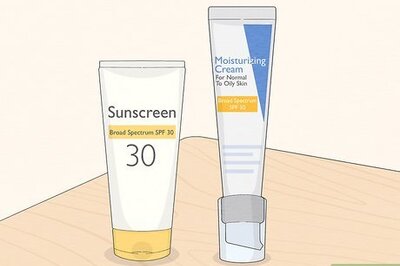


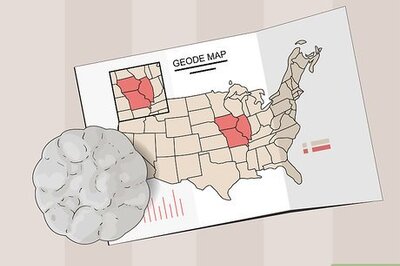
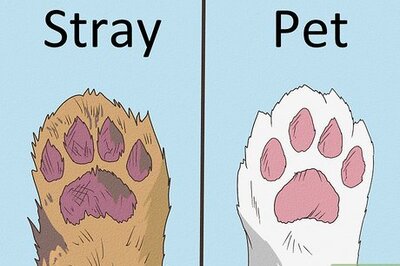


Comments
0 comment